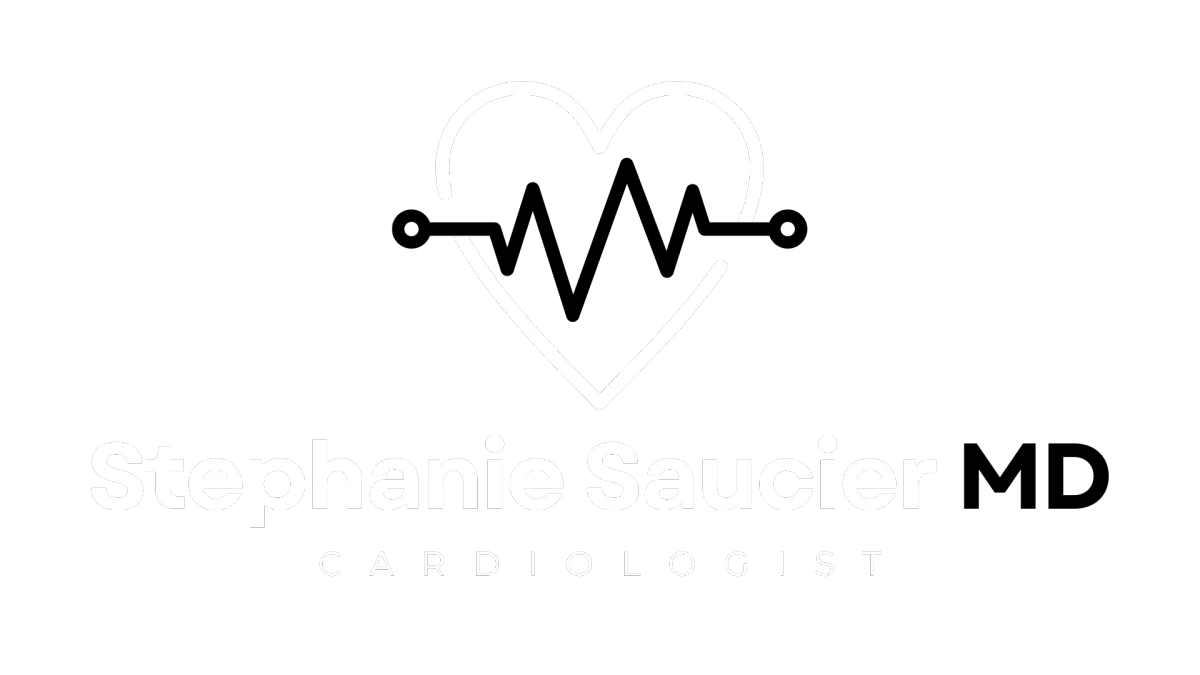SCAD Made Simple- The Basics You Need To Know
A simple Guide To Understanding SCAD And How It's Treated
What is SCAD?
SCAD, or Spontaneous Coronary Artery Dissection, is a rare type of heart attack caused by a tear in the coronary artery. Unlike heart attacks caused by plaque buildup, SCAD happens when a tear creates a false passage in the artery, disrupting blood flow to the heart. This condition accounts for about 4% of all heart attacks, but it’s responsible for 20-25% of heart attacks in young women.
Who is at Risk?
SCAD can affect people without the typical risk factors for heart disease. Some individuals might have conditions like chronic migraines, fibromuscular dysplasia (a vascular disease), connective tissue disorders, or hypertension. However, many SCAD patients don’t fit the typical profile of someone at risk for a heart attack.
How is SCAD Diagnosed?
Symptoms of SCAD often mimic those of a regular heart attack, including chest pain, shortness of breath, and changes on an EKG. However, in the cath lab (where doctors use imaging to see the arteries), SCAD patients typically don’t show signs of plaque buildup. Instead, doctors might see the artery tear, which confirms SCAD.
How is SCAD Treated?
Unlike heart attacks caused by blocked arteries where doctors might place stents or use balloons to clear the blockage, SCAD is usually managed differently. Most SCAD patients heal on their own within a few months without invasive procedures. About 90% of SCAD arteries heal naturally over time, which is why unnecessary interventions can sometimes make things worse.
Doctors typically focus on monitoring the patient and using medications, such as beta-blockers, which have been shown to help prevent SCAD from happening again. In some cases, doctors may also prescribe medications for heart failure or other conditions.
How Long Will I Stay in the Hospital?
After a SCAD diagnosis, most patients stay in the hospital for at least 72 hours. During this time, doctors monitor for any signs of recurrence or complications, like arrhythmias (irregular heartbeats). They may also perform tests to check for other vascular conditions like fibromuscular dysplasia.
What About Long-Term Management?
After being discharged, many SCAD patients benefit from participating in cardiac rehab. This supervised exercise program helps patients gradually return to physical activity. Since SCAD can happen to people who are pregnant or have recently been pregnant, management for these patients is very individualized.
Is There Hope After SCAD?
Yes! SCAD patients often heal completely, and many go on to live healthy lives. The most important thing is to receive the right diagnosis and to follow up with specialists who are familiar with this condition.
Where Can I Learn More?
For further information on SCAD, consider visiting the SCAD Alliance or the iSCAD Registry. These organizations provide valuable resources and research updates.
Free Heart Health Guide:
Simplify Your Health


